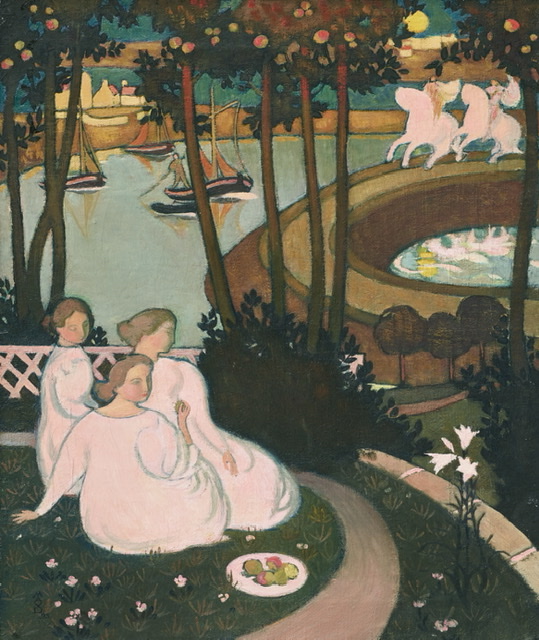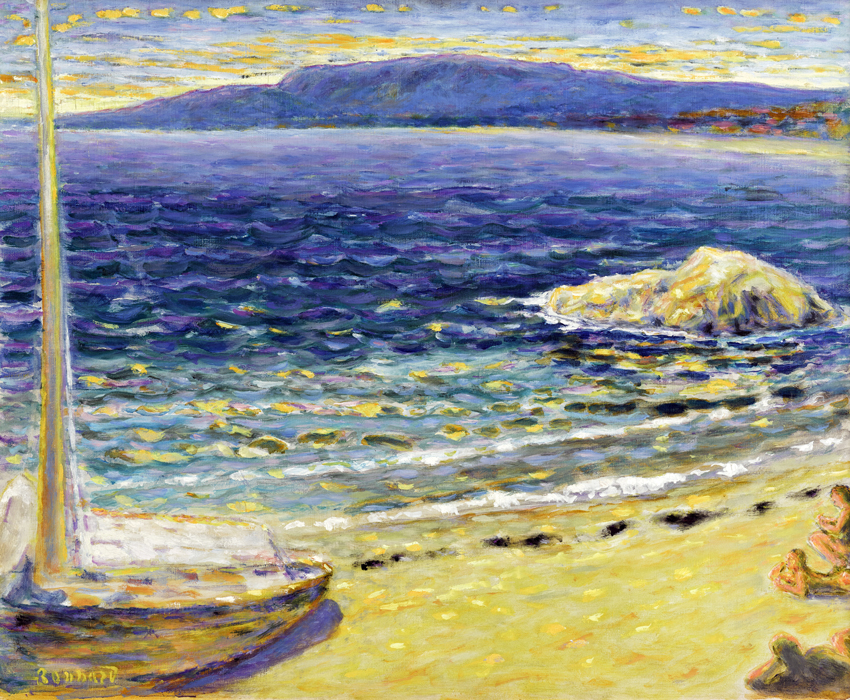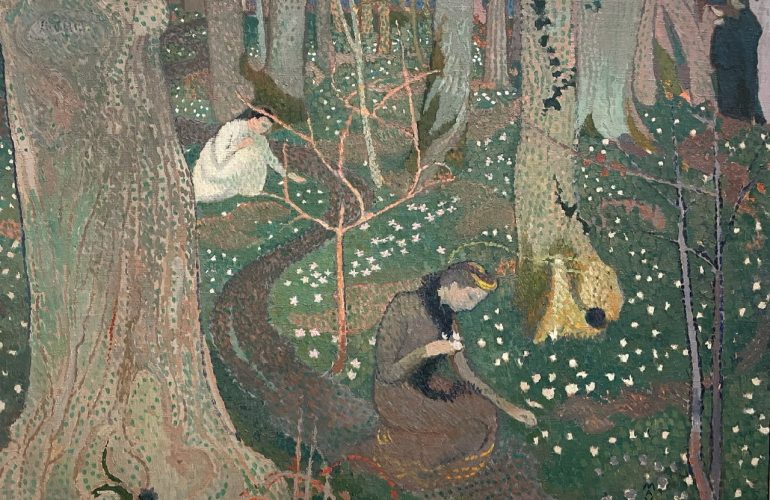Elegance of a “make way for style” approach of the art of Les Nabis, Symbolism, Fauvism from the recent exhibitions in museums of Lausanne is not of an empty “Sunday art’s” type.
Movements of the turn of the 19th century, ouvres of O.Redon, M. Denis, C.Monet, P. Signac, H.Matisse, P.Bonnard are shown at exhibitions: “Chefs-d’œuvre de la collection Bemberg” held at Fondation de l’Hermitage and “Maurice Denis. Amour” at Musee Cantonal des Beaux-Arts.
Style and aesthetic feeling were explained by the 20th century theorists in different ways. Does the aesthetic experience refer to emotions generated by metaphysical values of higher order (R.Ingarden)? Or is it all about “areas of uncertainty”, “empty spaces” in a text or a work of art? According to W.Iser an artwork activates a layer currently non-existent in the viewer’s perceptions. The reader starts to interpret these “areas of uncertainty” and “explains” himself, discovering what has been eluding his mind.
Search of style, uncertainty, illusive dreams, eclectism, relentless aesthetism is the core of our perception of the art of Symbolists, Nabis, O. Redon, P.Serusier, M.Denis.
In an idealistic painting “Avril”, 1891 (exhibition at Musee Cantonal des Beaux-Arts) Maurice Denis turns to bended lines, viscous rhytm, forms swaying in the wind, ornament, femininity. Denis activates the space in front of the painting, its colored surface is focused at the viewer. The artist presents a picturesque decorative panel.

Artists of the movements of 1890-1900 turned to their own feelings as subject matter, following poet’s C. Baudelaire notion that “The whole of the visible universe is only a storehouse of images and signs to which the imagination assigns a place and a relative value”. There is no Realism, no action, no time in the poetical paintings of Odilon Redon from Bemberg collection. Matter transformes into other matter, e. g. “Pegase et l’Hydre”, 1895. O. Redon’s art was seen as projections of subconsciousness and had influence on surrealists of the 20th century.
O.Redon’s and P.Serusier’s paintings present a two- stage mode of alienation from nature: the plot is taken from literature of Symbolism and the style of presentation of the subject is impressionistic.
Impressionism has passed through transformations in the art of Gauguin, Nabis, Fauvists, H.Matisse leading to a new postimpressionist colorful art language.
Fauvists were in the center of attention of the visitors of the exhibition at Fondation de l’Hermitage. Impressionists’ manner of small touches of color creating impressions was changed by Fauvism. Following the style of Van Gogh, fauvists painted with one color. Boats on water, trees, facades of houses, roofs are painted with tense contrasts. Colored shadows are exagerated and outlines (introduced by Van Gogh and Toulouse – Lautrec earlier) are used here.
Intense color emanates from ouvres of fauvists, and its viewers are denied indifference.

Written by: Irina Vernichenko

